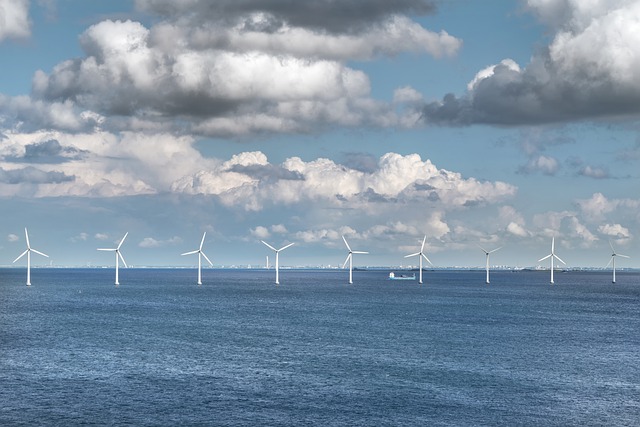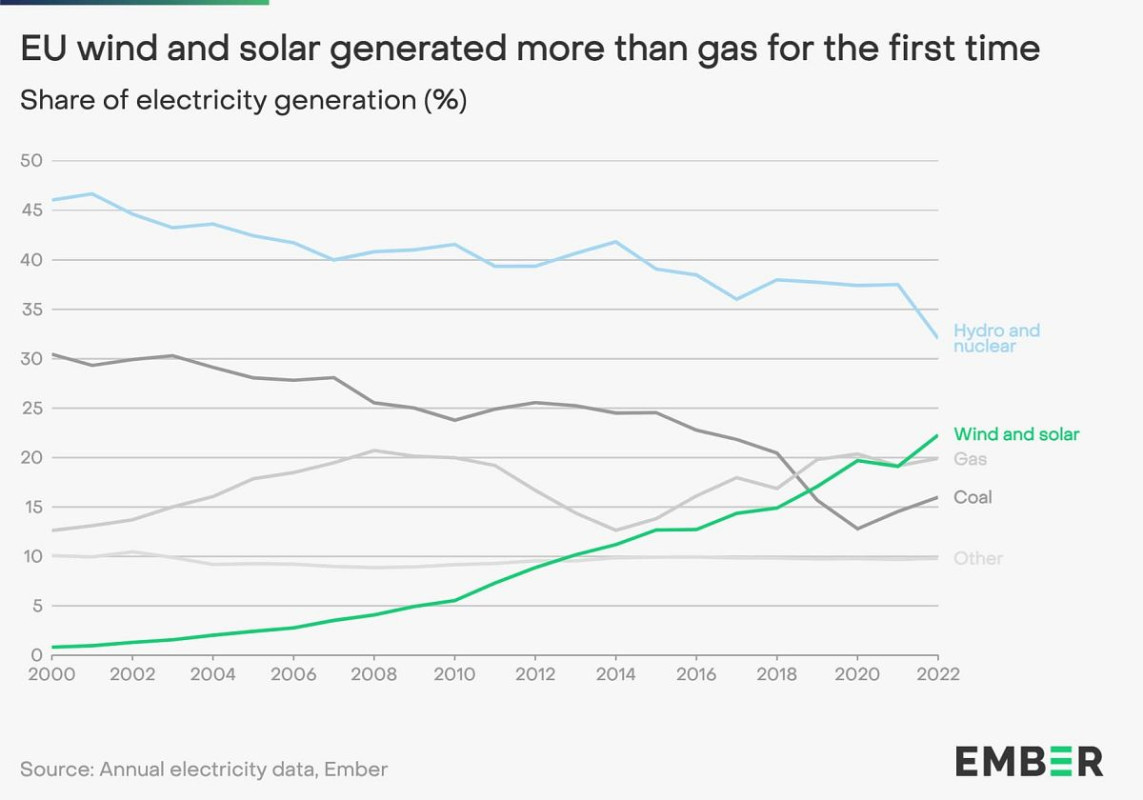 Did you know that 2022 was a record year for wind energy?
Did you know that 2022 was a record year for wind energy?
On December 30, 2022, British turbines produced a record 20.92 gigawatts, enough to keep 1,700 houses warm for an entire year! The UK’s 2022 electricity usage shows that wind energy accounts for 26.8% of the year’s total generated electricity.
That’s the most productive energy source, second only to gas. Let’s see how the growth of green power is affecting our future.
Growth in the Renewables Industry
Russia is one of the largest natural oil and gas distributors in the world. Largely due to their war with Ukraine, major fuel shortages and increased gas prices have occurred throughout Europe and beyond.
Adding to the crisis, some of France’s nuclear plants are undergoing overdue routine maintenance, resulting in less energy being produced and exported. To combat this growing shortage, many countries have stepped up to meet demand by relying more heavily on renewable energy sources.
 Great Britain has increased the overall percentage of its total energy produced by renewable and nuclear power sources - surpassing that of fossil fuels. And demand is building. The country is investing in more wind turbines and solar farms to meet this need.
Great Britain has increased the overall percentage of its total energy produced by renewable and nuclear power sources - surpassing that of fossil fuels. And demand is building. The country is investing in more wind turbines and solar farms to meet this need.
In Finland alone, 427 new turbines have been constructed, bringing the total number of wind turbines to 1,393— all those turbines can produce enough electricity to power 5.5 million houses annually! Finland’s wind power capacity increased by 75% in the past year.
Amid all of these events, goals continue to be set globally. This has boosted investment and support for renewable energy solutions. The International Energy Agency (IEA) expects the generation of renewable energy to double in the next five years, and the EU hopes to achieve the lofty goal of reaching net zero emissions by 2050.
Economic Impact
As wind energy is utilized more and capacity increases, the cost of energy can be expected to fall for many countries.
Although the initial installation of turbines, solar panels, and nuclear plants may seem more costly than current alternatives, in the long run, they will prove to be cheaper. As their power-generating capacity grows, energy prices will fall. Green power projects also have the potential to garner billions of dollars in investments for countries upgrading their power grids.
Researchers at Oxford University estimated that $12 trillion could be saved if the world can eliminate the use of fossil fuels by 2050! The economic impact of switching to sustainable, clean energy sources may persuade companies to switch from fossil fuels.
Overall, as renewable energy sources become more prominent and start to make up more of our daily electricity usage, we can continue to break records and strive to completely discard the practice of using polluting fossil fuels.
Sources: Reuters, Euronews, BBC, Guardian







